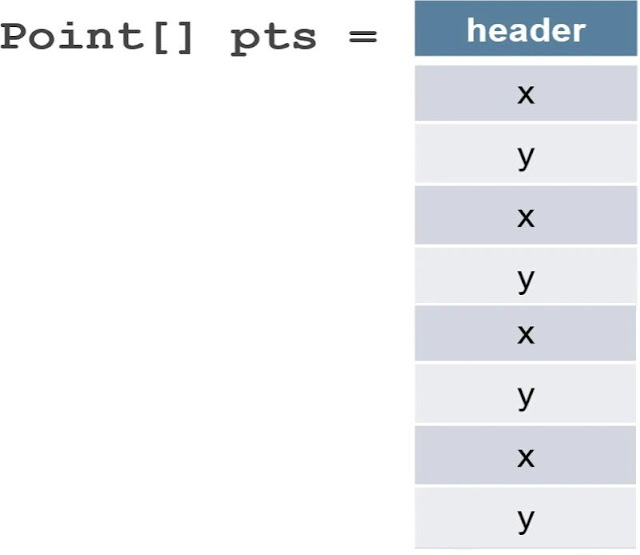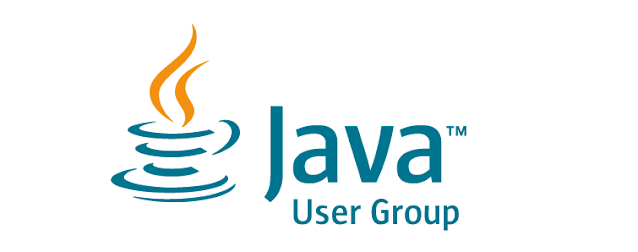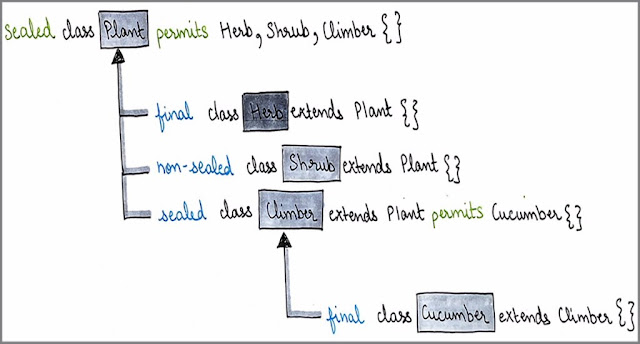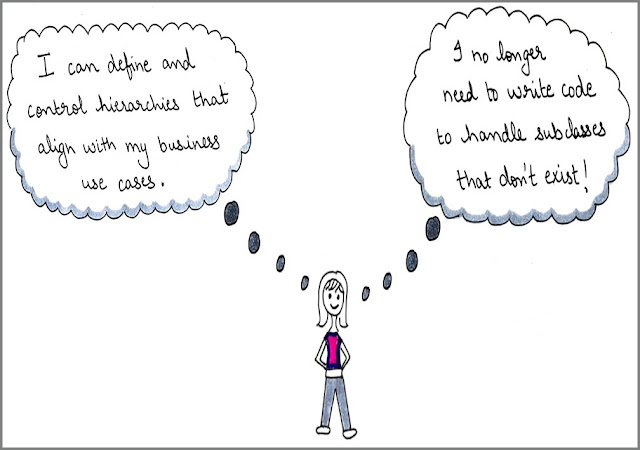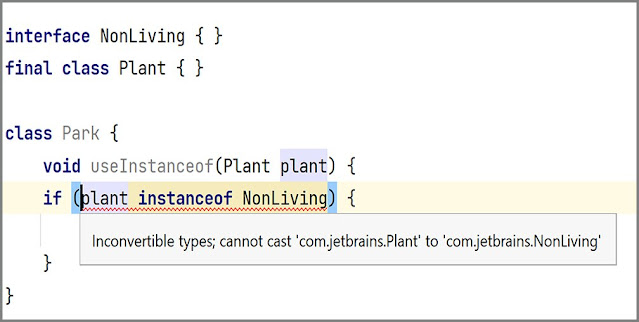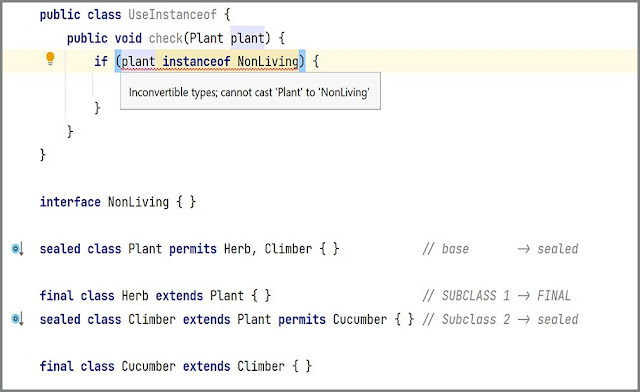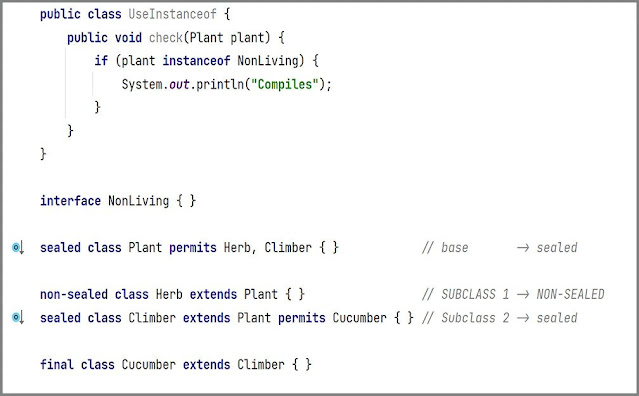Download a PDF of this article
Java user groups (JUGs) are an essential part of the Java ecosystem—and for many people, JUGs can be extremely rewarding on both a personal and professional level. JUGs are the first point of contact for many new Java developers. They not only help spread the word about the benefits of developing in Java or in other JVM languages but also are incredible resources for hands-on learning, networking, and even job hunting. More than 100 JUGs participate in the Java Community Process; nobody really knows how many JUGs may exist, from small groups on college campuses or within employers to huge JUGs in major cities around the world.
From time to time, Java Magazine will spotlight a particular JUG; for this article, we talked to Bert Jan Schrijver, a board member of the Nederlandse Java User Group (NLJUG) in the Netherlands. In his day job, Schrijver is CTO of OpenValue, a Java consultancy in the Netherlands, Germany, Austria, and Switzerland.
Java Magazine: Tell us a bit about yourself and why you got involved in the NLJUG.
Schrijver: I have a background as a Java developer and software architect. I first got in touch with Java around 1998 as I learned it at university. After university, I landed my first job as a developer and started working with Java.
Initially, I worked at a company where we weren’t well connected with Java communities and there wasn’t much knowledge sharing. Then I switched to another company that was actively participating in the Java community in the Netherlands. There, I was encouraged by a colleague to start becoming active in the Java community.
I first joined the editorial board of the magazine published by the NLJUG, which is also called Java Magazine. It is a printed magazine that’s published four times a year to about 5,000 members of the NLJUG. This was my first role in contributing to the Java community.
I then started participating in events as well as speaking at conferences, mainly inside the Netherlands. I joined the NLJUG board around 2014. In the NLJUG, I’m mainly responsible for all things technical, the contents of our Java Magazine, publishing conference programs, and event organization.
I like sharing experiences and helping others learn. It’s also really beneficial to my network as I’m always meeting new and interesting people and companies, even internationally. By being in a JUG and attending events, you meet others that share the same passion as you who you can also reach out to whenever you have any questions about software you’re using. Knowing the people behind the technology has been really useful for me.
Java Magazine: Tell us about the NLJUG and your events.
Schrijver: The NLJUG has been around for over 15 years. It’s quite a mature organization and is a bit different than many other user groups. Typically user groups are locally oriented around a geographical area. We are as well, but our geographical area is the entire Netherlands. We have around 5,000 members at the NLJUG, as well as about 100 business partners which are Java companies in the Netherlands that want to show their connection to the NLJUG and share their knowledge and experience by organizing events.
Our business partners mainly organize regular events by opening their offices to us, which we would promote and communicate through our JUG.
Those events include conference days, meetups, workshops, and university sessions. At our events, there is a mix between technical presentations and instructor-led workshops. Our business partners run events that are run in the form of meetups with one or two talks or workshops.
One of our events, Masters of Java, is where participants can compete together to win the title of Master of Java for a year. We’ve been doing this competition for years now. Typically, we have around 50 people joining, and they team up in pairs. They have an afternoon to work on a range of assignments where they only have access to the basic Java documentation—and they cannot use the internet to find solutions. The challenges are algorithmic, and the goal is to solve the challenges as quickly as possible. There’s a grading system that automatically gives you points to see how correct your solution is. We hold this once a year, typically the day before our biggest event, J-Fall.
J-Fall is our most well-known event and this year’s was held in early November 2021. It’s a two-day conference with around 50 sessions with about eight parallel tracks where a mix of international and local speakers give a range of presentations on all things new in Java. J-Fall is the biggest Java conference in the Netherlands and one of the biggest in Europe with around 1,500 people attending.
We also have an exhibition hall at J-Fall where most of the companies that are active in the Java community have their booths. These companies usually provide all the fun and interesting things to keep our guests entertained. In the past, we have had food trucks, escape rooms, racing tracks, ice cream parlors, and more. It’s a great way for the companies to attract our guests and interact with them.
We’ve always seen J-Fall as a way to nurture local talent. People with little speaking experience have the opportunity to take the stage to talk about relevant topics. To stimulate the growth of these aspiring speakers, we also have been running a speaker mentoring program. Aspiring speakers are able to learn how to give good talks at conferences and practice in front of a live audience and get feedback. This is a very popular program that has given great outcomes and opportunities for people. We’ve seen that lots of people who start with their first speaking engagements at J-Fall are now speaking at events all around the world. So let’s say that we are a good breeding ground for local speaking talent.
Java Magazine: How has the pandemic affected the NLJUG?
Schrijver: Normally, we were sponsored by our business partners, and local Java companies would open their offices to us and would provide food and drinks.
Since the pandemic, all our meetings and conferences have been hosted online. We use a platform that fosters interaction between attendees and speakers, so it feels more like an in-person experience. We try hard for participants to interact with each other online. For example, we have added a networking carousel where everyone who wants to interact with one another is randomly matched to other participants in a separate breakout room to have a two-minute chat, as though they were bumping into each other on a conference floor.
Java Magazine: Do you find there are fewer people attending online events or more people?
Schrijver: I would say both. For smaller events online, we see more attendees than normally in person. For our short sessions that are usually two hours long, we would typically get 100 attendees in person and now we get 300 online. For our full-day conferences like J-Fall, we would get around 1,500 people attending in person, but online we won’t make that number.
Even though we still run our regular events for our members, we have had fewer events since the pandemic, because one of the main reasons we hold them is to strengthen our community in person and meet new people. We’ve tried to do our best with online events, but they don’t have the same effect even though they are well attended.
Java Magazine: Are any special events that you might have done before the pandemic worth highlighting?
Schrijver: We used to arrange a trip to Oracle Code One in San Francisco, California, and we’ve been four times already. If you saw a large, loud group of people with orange T-shirts, it was most likely us! We would go there with around 30 to 40 people with our bright orange JUG T-shirts and generally make some trouble here and there.
Java Magazine: What does the NLJUG offer members who are fairly experienced developers?
Schrijver: We have taken into consideration our experts, especially when it comes to conferences, because there are not many expert-level sessions. Therefore, we added a preconference day to J-Fall focused on more expert in-depth sessions. These are instructor-led sessions that can go really deep in terms of microservices, AI, or event storming. We’ve done this for a couple of years now and have received positive feedback.
Java Magazine: How does being in a JUG help a developer’s career development?
Schrijver: I’d say in three ways. First, you can learn relevant new technologies or approaches that can build your resume.
You can build your network. For example, when you meet somebody, you stay in contact with them and maybe a year or two later their company’s hiring and they contact you.
Also, because most of our events are organized by local Java companies, you also meet a lot of possible employers. I think the last three jobs that I have worked at are companies I met through events organized by the Netherlands JUG community.
In my case, if I look at the people I hire for OpenValue, this is definitely a big plus if they’re active in the JUG community and an active speaker.
Java Magazine: If someone wants to join a user group, what should they expect in their first few meetings?
Schrijver: I’d say you’re going to expect a couple of things when becoming a part of a large and warm community. In terms of meetings, you can expect to receive regular announcements via our mailing lists about relevant free events organized by our partners in various areas of the Netherlands. The chances are fairly big that you can pick a couple of events per year that are fairly close to your home. We encourage everybody to pick the meetings that they think are interesting and relevant to them.
We have a connection with a couple of educational institutions in the Netherlands. This is called NLJUG Academy, where we actively are in touch with universities and high schools to connect students to companies but also to share knowledge and invite them to join our events for free. We regularly have groups of students joining our events, which helps broaden their view outside what they’ve learned during their education.
Membership for students is free. We hope that once they have joined us as a student, they will stay a member for the rest of their professional career. The numbers of student members we have are definitely not yet a big part of all students in the Netherlands. So there’s definitely work to be done there. But we do see a growing interest from different educational institutions.
By the way, we used to be less focused on international members, so in the beginning, the Netherlands JUG was 100% in the Dutch language. For our events, we switched to English a couple of years ago. Now our magazine is moving towards partly Dutch, partly English and most of our communications are in English.
We have definitely tried to be a welcoming and an open group for people who live in the Netherlands but do not speak Dutch. Especially around the Amsterdam area, there are a lot of experts working in tech and in the Java fields who don’t speak Dutch, but we want them to feel included.
Java Magazine: What should developers not expect from a JUG? Any dos and don’ts?
Schrijver: They shouldn’t expect that we are a recruitment organization, because that’s what we typically try to avoid at our events. Our events are about knowledge sharing and network building. Sure, members are free to reach out to companies during an event to discuss whether they have any job offers. However, we try to block any active recruiting to our community, because our priority is to focus on content and not on jobs.
We do not tolerate harassment of any type. We try to be as open and warm and welcoming as we can, so there’s no place for people to not be inclusive.
We also ask people not to try to sell anything to our members or give product pitches. If you have an amazing project and show the open source so people can use it for free, maybe they’ll be interested in the commercial version later—but don’t try selling products or services.
Java Magazine: Any final words about the NLJUG?
Schrijver: If you are working with Java and the JVM in or around the Netherlands, you should definitely join the NLJUG so you don’t miss out on all the cool events and interesting things we are sharing.
Images courtesy of the NLJUG.
Source: oracle.com





